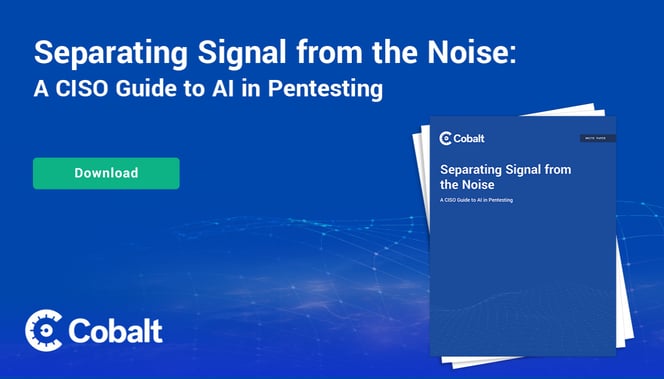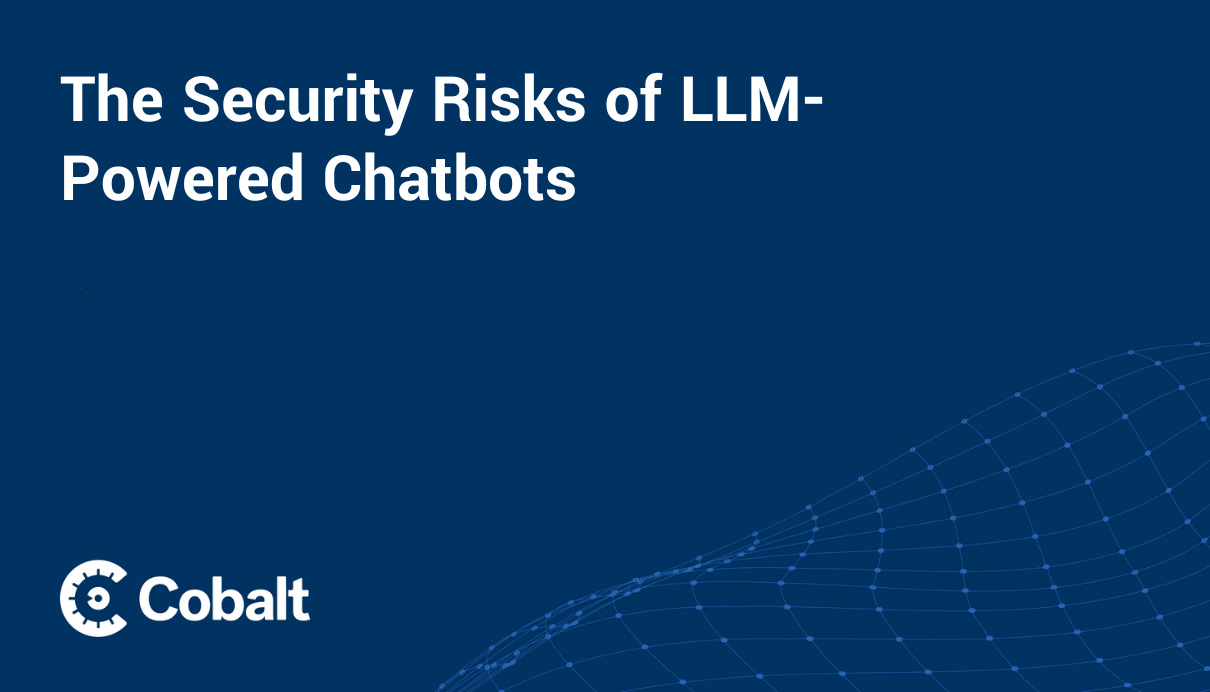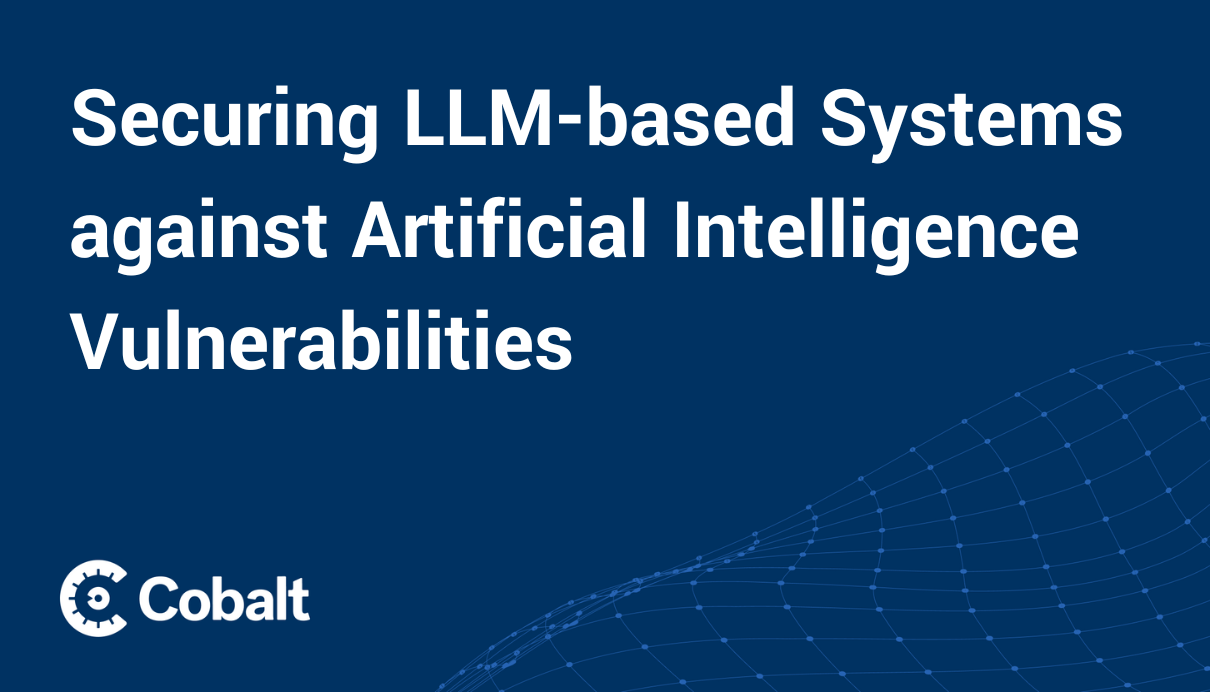As a CISO, my phone hasn't stopped ringing. I’m sure yours hasn't either. The market is saturated with vendors pitching the next AI silver bullet. We're told AI is generating new, sophisticated attacks and buggy code, and in the next breath, we're sold autonomous AI tools as the only solution.
The irony is thick enough to make your head spin. We're grappling with a three-pronged threat:
- AI-powered attackers creating novel attacks.
- AI-generated vulnerabilities from our own flawed dev tools.
- AI supply-chain risk from third-party "black box" models.
And the market’s answer? "Fix AI with AI." We're being asked to trust a nascent, largely untested technology—which we know has its own security flaws—to solve it all.
As security leaders, we can’t run on hype. Our job is to be the voice of reason. We have teams to manage, budgets to protect, and real business risk to mitigate. So, let’s cut through the madness and look at the facts.
The Noise: AI's Automation Ceiling
The noise is the promise of the fully autonomous pentester. In reality, these tools currently function as advanced scanners.
And what do scanners do? They generate alerts. A lot of alerts.
Our teams don't need more noise. The SANS Institute’s 2025 AI Survey found 66% of security teams complain of AI-generated false positives and alert fatigue. We see this in the bug bounty space, too, where AI tools flood platforms with junk submissions, burying novel human findings under a mountain of automated slop.
These AI-only tools don't solve our needle-in-a-haystack problem. They just make the haystack infinitely larger.
The Signal: What Really Keeps Us Up at Night
AI is a powerful tool, but it fails precisely where human intelligence shines: context and creativity.
As CISOs, we aren't paid to fix weak ciphers. We're paid to protect the business. That means finding vulnerabilities like these:
- The business logic flaw: An AI lacks business context. It can't spot a tester bypassing your e-commerce payment step because it sees a valid URL, not a broken business process that's costing you revenue.
- The chained exploit: This is what really keeps me up. An AI might report two separate, low-risk dots. A human pentester sees the attack path. They creatively chain an access control flaw with a stored XSS to execute a full account takeover.
This is the signal. It's not about replacing humans; it's about augmenting them. The true value is a human-led, AI-powered partnership. Let AI handle the scale and recon. Let the human expert use their creativity to find the critical risks.
A CISO's Toolkit for Evaluating AI in Pentesting
When evaluating any new AI solution, I encourage you to use these questions as your "BS detector" to find out if you're buying signal or noise.
Ask your vendors these hard questions:
- The Human Element (The "How")
- Describe the exact role of the human pentester in your process. How does your AI augment, not replace, their expertise?
- How do you test for the complex business logic flaws and chained exploits that your AI will always miss?
- The Data Engine (The "What")
- What data is your AI model trained on to prevent false positives? Is it real-world, human-validated pentest data, or synthetic data and noisy bug bounty submissions? (Remember: an AI trained on noise will only learn to generate more noise).
- Process and Output (The "So What")
- Is your final report a raw data dump from the AI, or is it a curated, human-vetted report with actionable business insights?
- How does your platform integrate validated findings into our developer workflows?
Our true adversary is a creative, context-aware human. The most effective defense, therefore, must also be a creative, context-aware human—empowered by the best tools.
Don’t let the hype distract you. Demand transparency, prioritize expertise, and invest in a partnership that gives you the signal you need to protect your business.









